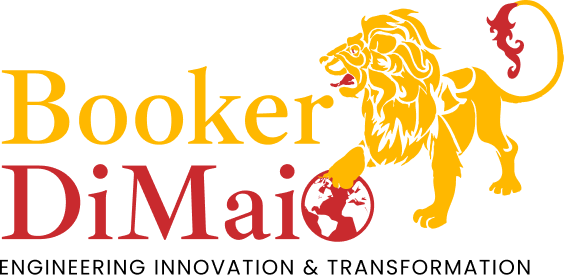Like many organizations, you’re probably in the midst of your digital transformation, or still thinking about where to start. While you’re making this transition, many people often forget how IoT and big data can enhance the transformation and set your organization up for success down the road.
To level set, IoT refers to physical devices and objects that are connected to the internet. These devices are equipped with sensors, software, and other technologies that allow them to exchange data with each other and non-IoT systems.
big data refers to the massive amount of data created by software devices, like IoT, that can be analyzed further to provide real business value.
It may seem daunting to incorporate these two into your digital transformation, especially if you are well on your way. Here are a few steps to make this transition as smooth as possible and reap the benefits IoT and big data bring, from streamlined operations to improving the customer experience.
1. Set clear business goals
It may seem obvious, but you should take a hard look at your business goals. Identify the areas that would benefit the most from big data and/or IoT. As an example, manufacturers may have a use case in IoT sensors with real-time equipment monitoring. Analyzing this data allows you to reduce downtime and predict maintenance. This would improve your overhead costs and make you more efficient.
2. Choose the right devices
After you’ve established your goal and the right use cases for your business, start to think about which devices and platforms make the most sense for your organization. There are hundreds of devices on the market now, each with their own distinct features and capabilities. Consider factors like the required connectivity, amount of data you need to collect, and how scalable the device/platform would be in the future.
3. Use big data analytics for actual insights
The value of combining IoT devices and big data platforms is to gain unique insights and make better business decisions. Leveraging the right analytics tools in this process can give you a leg up towards that goal. In the same manufacturing example, predictive analytics can help manufacturers identify maintenance needs before they become critical, or customer analytics to understand purchasing behavior.
4. Strategize, strategize, strategize
Of course, as you’re collecting all this new data, you need a plan in place for how you will manage all of it. This strategy should include data collection, storage, and analysis. In addition, consider the implications these choices have on data collection, storage, processing, and analysis.
5. Continuously monitor and re-optimize
Your strategy should include regularly reviewing and optimizing your data strategy, IoT devices, and platforms. This includes updates and finding new use cases. The limits to IoT and big data are only where you decide to stop building on them.
Incorporating IoT and big data into your digital transformation strategy can help your business create new opportunities by streamlining operations and improving the end customer experience. Organizations should approach adopting these technologies in a strategic and methodical way, from developing a clear vision and plan for how they will be used, to achieve clear business objectives. Using the steps above, you can be well on your way to a successful digital transformation that drives innovation and growth.
